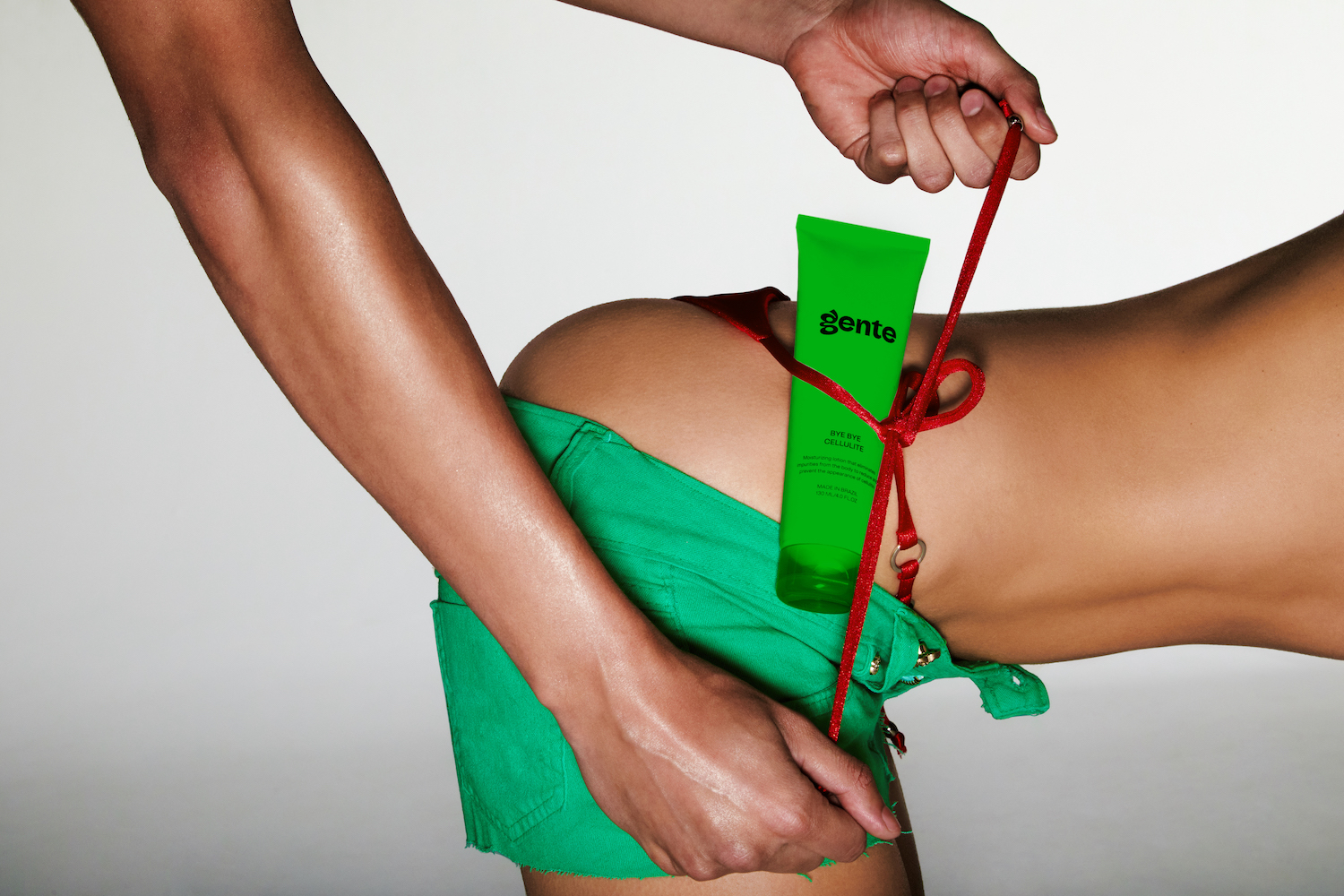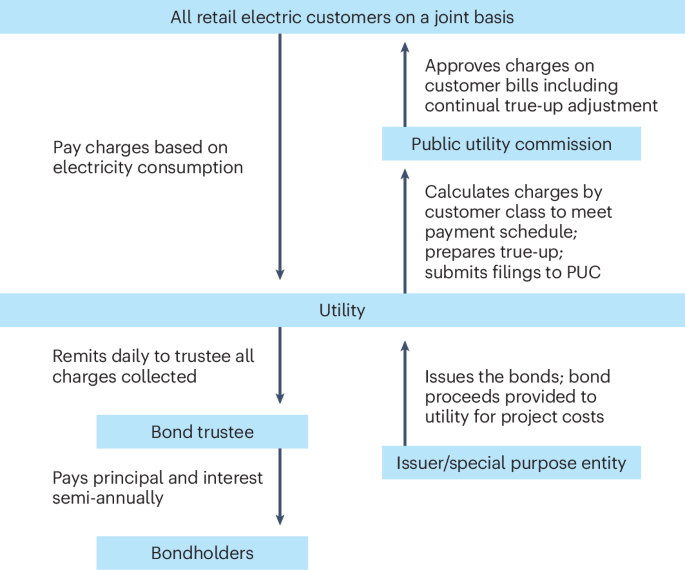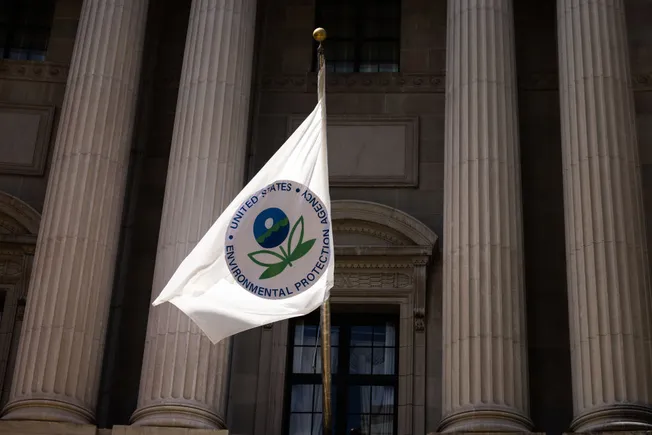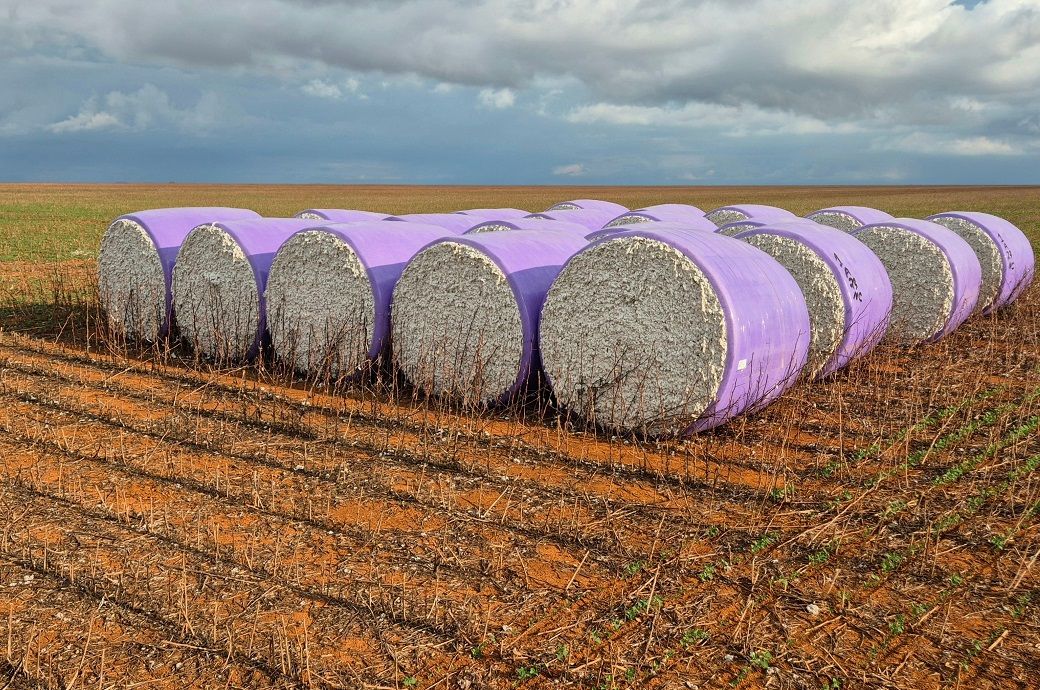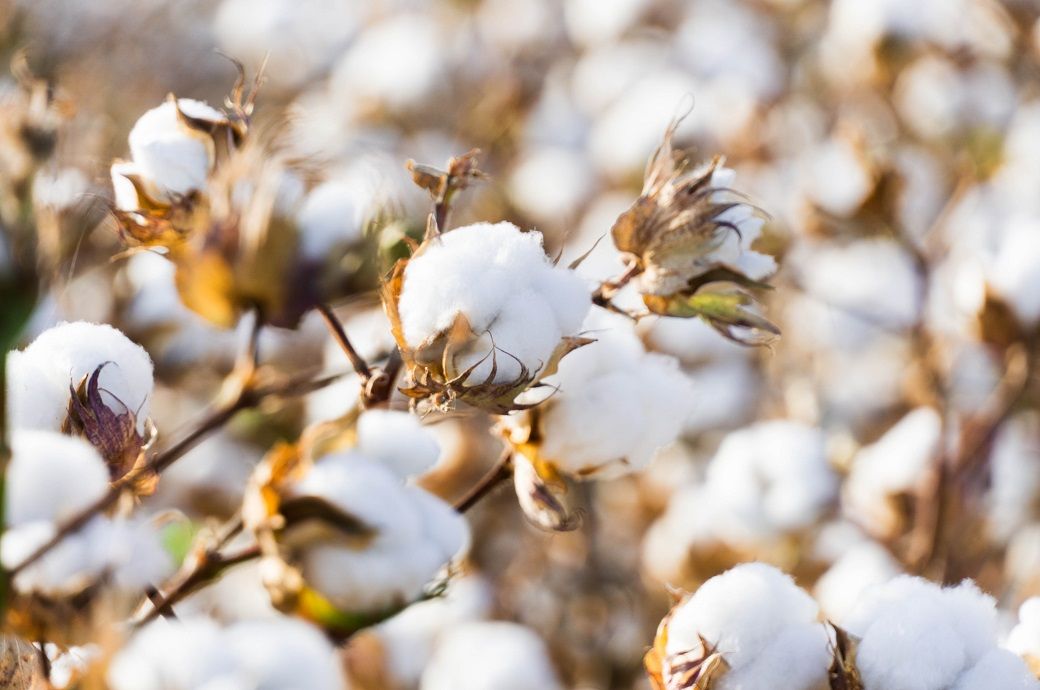Low in Alcohol, High in Flavor: Meet the Lean Red Wines of the Central Coast
A new generation of California winemakers are proving that lighter, leaner reds can still burst with vibrant fruit flavor. [...] Read More... The post Low in Alcohol, High in Flavor: Meet the Lean Red Wines of the Central Coast appeared first on Wine Enthusiast.
California’s red wines achieved peak ripeness in the early 2000s, when even the traditionally nuanced grape Pinot Noir was subject to later harvests, extra-long extractions and extreme oak influence. The backlash to those overly flavored styles came in 2011 with In Pursuit of Balance, a movement upholding lighter, leaner wines. However, sometimes those wines swung too far the other way: so austere or acidic that they required advanced degrees to appreciate.
Today, there’s a generation of winemakers who are managing to combine the best of both worlds: fresh, acid-driven, texturally fascinating wines that are low in alcohol (around 13% and under) and light in weight yet bursting with vibrant fruit flavors. Many of these vintners are located along California’s Central Coast, where proximity to the Pacific Ocean paired with abundant sunshine enables the exact ripening conditions required to achieve this style.
“The only way to make compelling and super flavorful wine at that level of ripeness is to be choosing the right varietal for the right site,” says Sam Smith, who makes both Pinot Noir and Syrah in this low-alcohol, high-flavor style from Santa Cruz, Monterey and Santa Barbara counties. “Then the important thing is to have the right crop balance, the right amount of fruit-to-canopy ratio for any given site.”
That doesn’t always mean low yields, especially for fertile vineyards that can hold more crop. Nor does it always require organic farming, though that usually helps. “Most organically farmed fruit is better quality, but not because it’s organically farmed—it’s because the farm gets more attention and more supervision,” says Smith. “It makes better wine because someone is in the vineyard way more frequently. Fewer things go unnoticed.”

Picking When to Pick
The single most critical decision each year is when to pick. “It’s really a tiny little window you have to jump through,” says Drake Whitcraft, who also makes Pinot Noir, Syrah and more from across California for Whitcraft Winery, preferring clay-rich soils for juiciness in red wines.
That brief period of time when the grapes exhibit these vivid flavors happens right after underripe grapes would produce “thin wines with nothing much going on,” but before the grapes become “gobby, jammy and over-the-top.”
Whitcraft believes that larger wineries have a harder time achieving this type of crisp fruit quality because they often pick grapes at various sugar levels and then blend those lots into the finished wine. “You have a lot of different flavors in there, but it doesn’t necessarily make that ripe flavor,” he says. “Small producers who are picking their entire lot in one pick can achieve that easier.”
In the winery, it’s all about preserving those pristine flavors. “If I did my job correctly on picking, I am very gentle with cap management to preserve that,” says Ryan Alfaro who makes Alfaro Family and Farm Cottage wines in Corralitos, just south of Santa Cruz. “I try to be very, very gentle. I almost get a slight carbonic situation going because I am not breaking up those clusters.”



















































